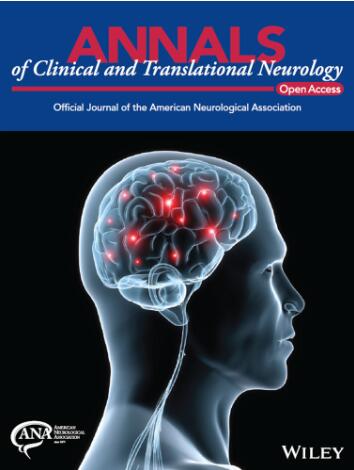The Diagnostic Value of Visual Evoked Potentials in Chronic Disorders of Consciousness
Abstract
Objective
In chronic disorders of consciousness (DOCs), the distinction between vegetative state/unresponsive wakefulness syndrome (VS/UWS) and minimally conscious state (MCS) is as crucial as it is challenging. Evoked potentials (EPs) and event-related potentials (ERPs) are helpful, but some limitations prevent their consistent use in the routine diagnostic process. This study investigated the value of EPs and ERPs in 146 adult chronic DOC patients (82 VS/UWS and 64 MCS).
Methods
All the patients underwent multimodal neurophysiological assessments, including flash-visual evoked potentials (f-VEPs), somatosensory EPs (SEPs), auditory EPs (AEPs), auditory ERPs, as well as a behavioral assessment using the Coma Recovery Scale-revised (CRS-r). We classified EPs and ERPs for the presence/absence of cortical responses, and then we performed an unsupervised cluster analysis to identify recurrent patterns. We then explored their occurrence in VS/UWS and MCS patients.
Results
VS/UWS patients showed fewer cortical responses to all modalities than MCS. Cluster analysis revealed groups 1, 2, and 3, which included patients without detectable cortical responses to ERPs and f-VEPs, patients with cortical responses to f-VEPs but not to ERPs, and patients with ERPs, respectively. Groups 2 and 3 had similar demographics and CRS-r scores, which were higher than those of patients in group 1.
Interpretation
Our data suggest that f-VEPs may be as effective as ERPs for diagnosing MCS. This is a significant finding, as f-VEPs likely reflect brain injury of a lesser extent and the conservation of cortical areas pivotal for consciousness, highlighting the prominence of f-VEPs for identifying MCS in chronic DOC patients.



 求助内容:
求助内容: 应助结果提醒方式:
应助结果提醒方式:


